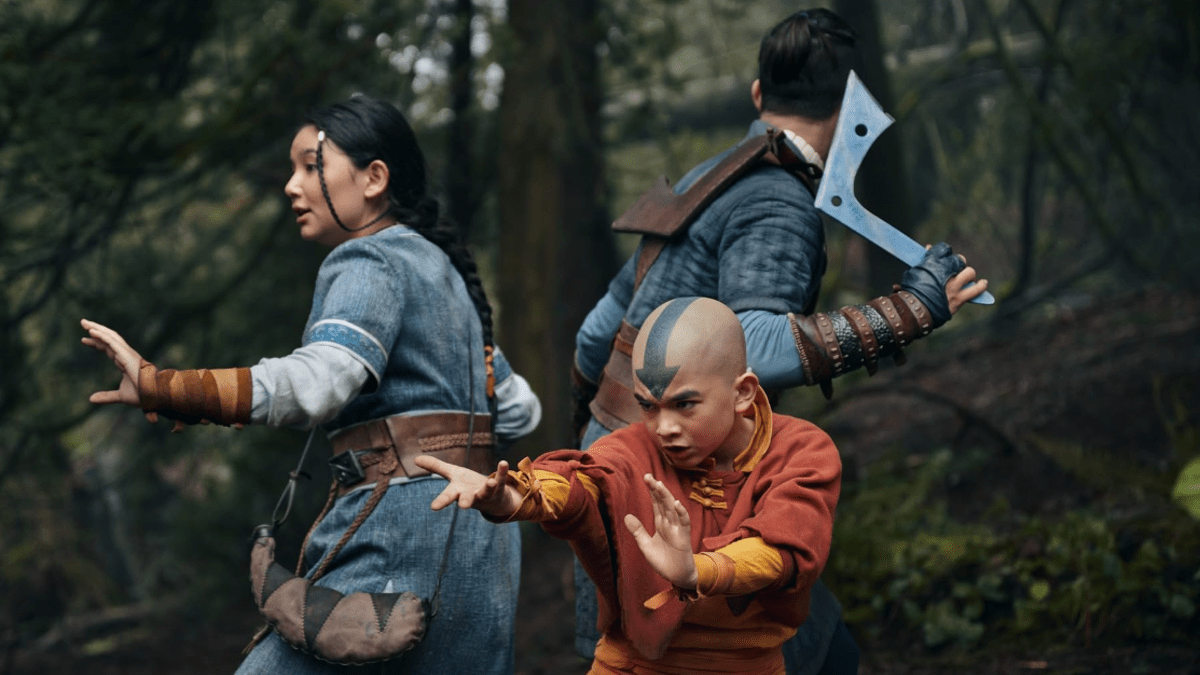Warning: this article contains spoilers for Netflix’s live action Avatar: The Last Airbender
The release of Netflix’s new live action Avatar: The Last Airbender was always going to make waves in the dedicated fandom, as it’s near impossible to recreate an animated show with real actors.
This is true of any adaptation, really. What really matters is if the changes are good (most of Game of Thrones), or terrible (The Golden Compass). While not all of the shifts in the new Netflix series land with the grace of an air bender, many really do enhance the show.
There were a few changes that were known before the new series dropped (like Sokka being less sexist, and Katara’s hotheadedness being watered down), but many are surprises. Below are 10 key differences between Netflix’s Avatar: The Last Airbender and the original show.
Bumi is a lot less jokey
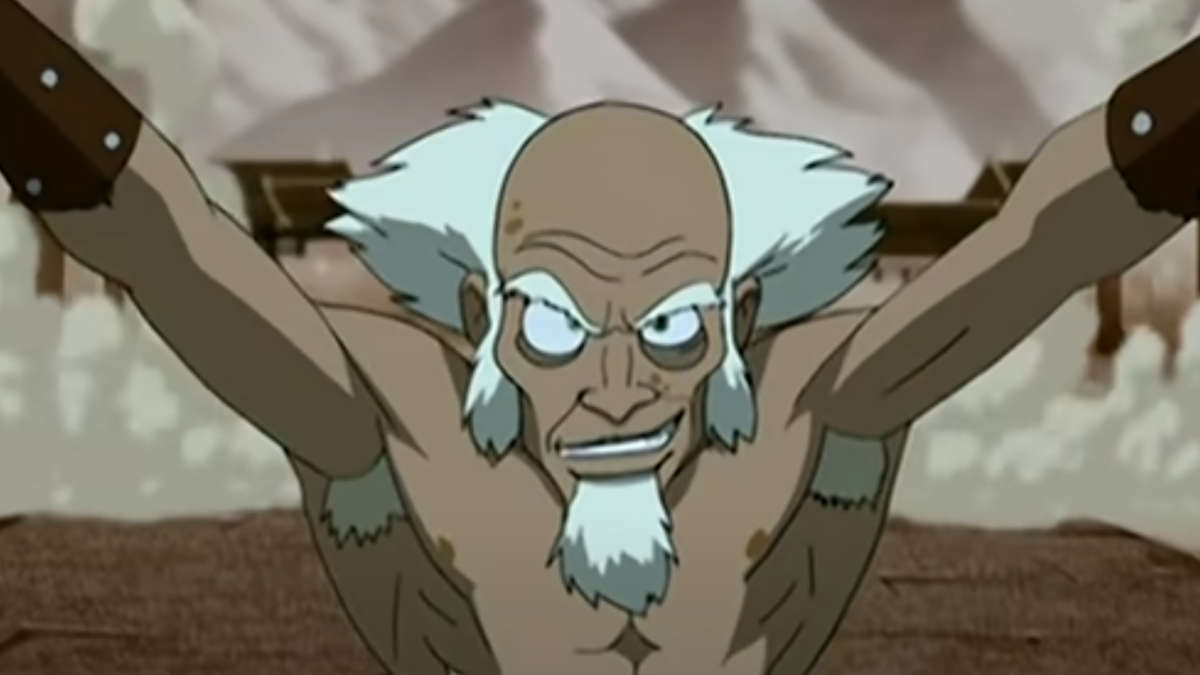
In the animated series King Bumi is shown as slightly mad, but effectively a big kid at heart. However, in the new show it’s very different. The live action version has a darker atmosphere, which is encapsulated by this character. Sure, there are a few jokes about rock candy and some moments of faux senility, but overall the king is less of a cooky old man and more an embittered leader of a city that’s been at war for a century. He is nowhere near as playful with Aang, and in fact tells him some hard truths about what being the avatar entails.
Jet terrorizes his own

In both the animated and live action series, Jet is a cautionary tale for what can happen when hate is left to rule over the hearts of the victims, turning them into violent perpetrators themselves. However, the more adult nature of the live action series sees his intended victim change. In the animated version, Jet wants to drown a village of innocent Fire Nation folks, whereas in the new show he is based in Omashu, and his motives are more political. He targets Fire Nation spies in the city with an indiscriminate bombing campaign that harms civillians, and later tries to assassinate Bumi. Same vibe, vastly different outcomes.
We meet the mechanist a lot earlier
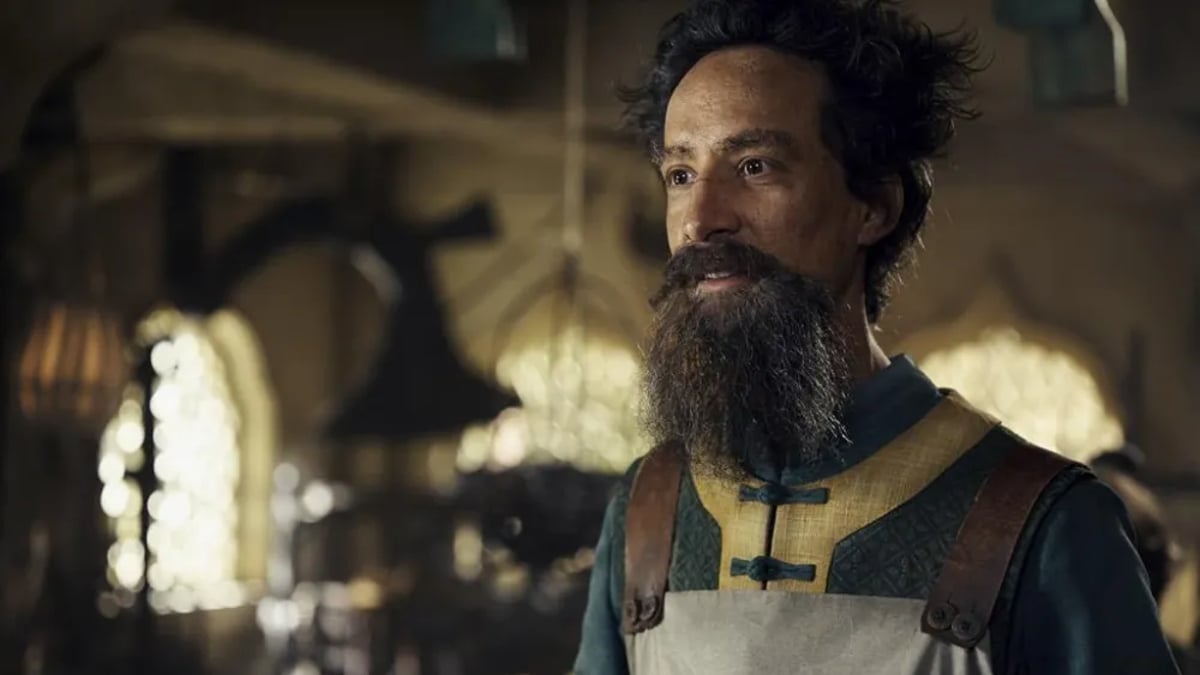
Another character who has been moved to Omashu is the mechanist, known as Sai in the live action version. Played by Danny Pudi, he has a very similar character arc in that he is giving information to the Fire Nation to protect his family, but his new location adds a political element to his storyline. This shift to Omashu also means that we meet him (and his son Teo) much earlier on than in the animated series.
Zhao is given space to shine
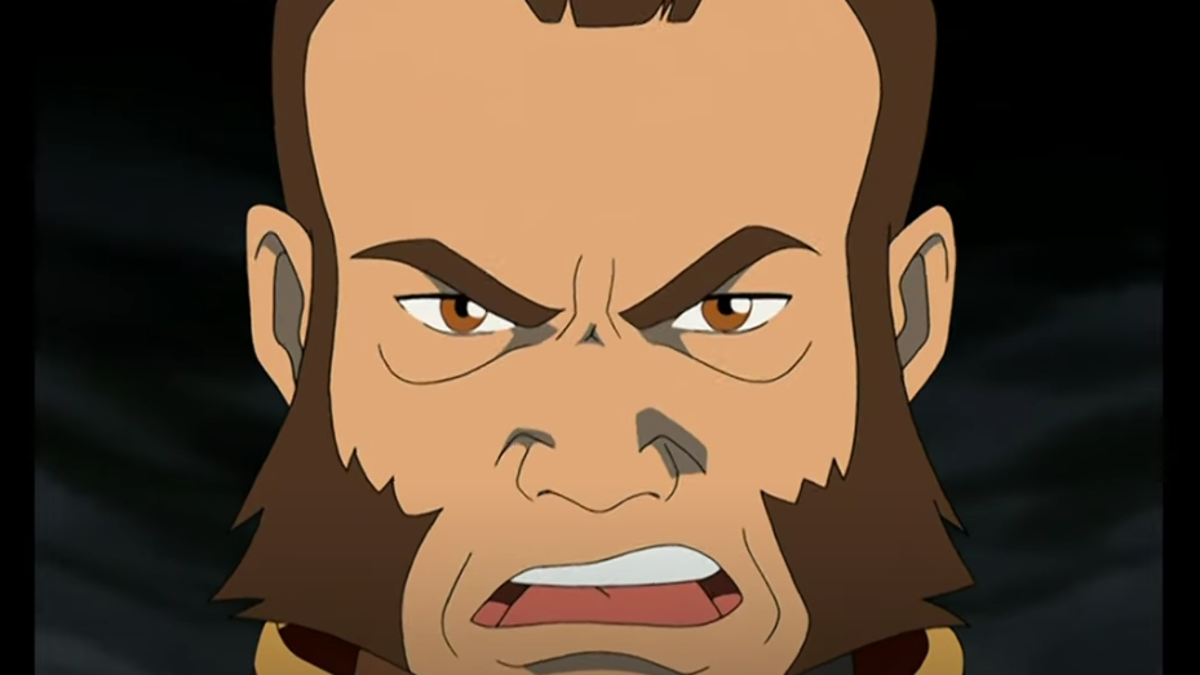
Admiral Zhao is one of the most important characters in the first season of the animated show, but we don’t really get to see him develop too much. In the live action series, he’s more duplicitous, better at manipulation, and generally is given a lot more to work with. This is helped by an excellent performance from Ken Leung, who really makes the role his own. Definitely one of the changes that’s a step up.
Aang doesn’t meet Roku’s dragon
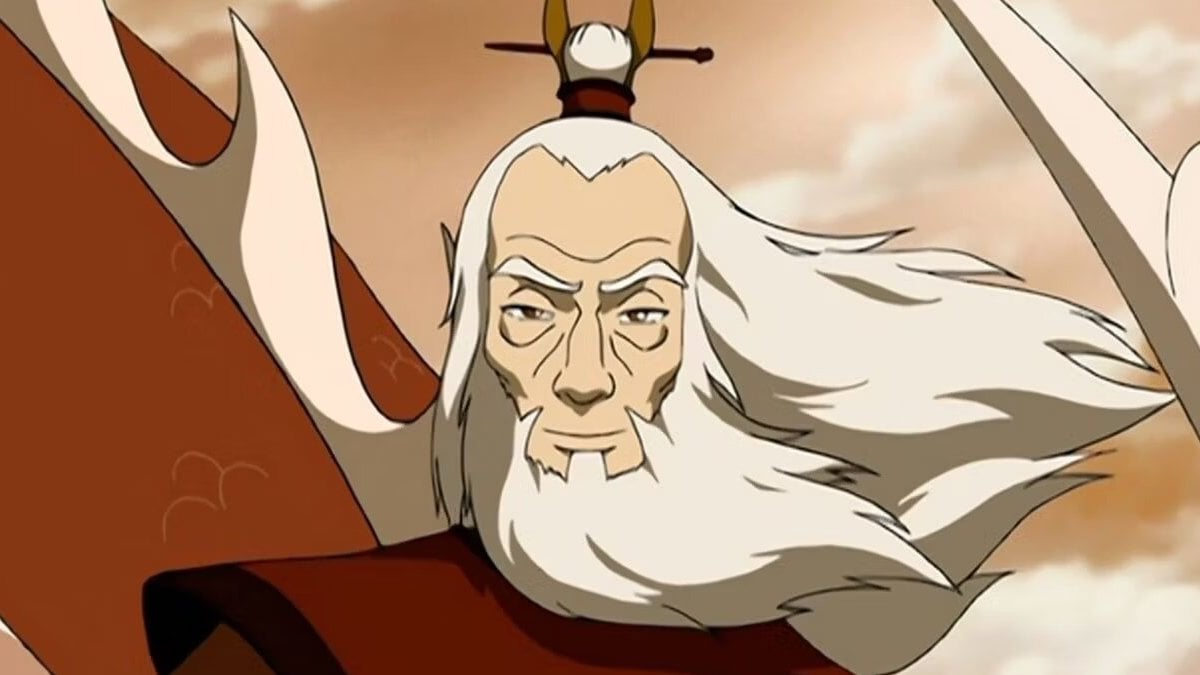
One of the most important developments in the original Avatar: The Last Airbender was Aang finding Roku’s dragon Fang in the spirit world, who informs him that he needs to get to Roku’s temple. However, in the live action version that episode is mixed up with a few others, and Aang ends up meeting his predecessor at his shrine while alone. Sadly, this means we don’t get to see Fang in all his glory, but this shift does lead onto the next entry on the list.
Aang gets more time with Gyatso
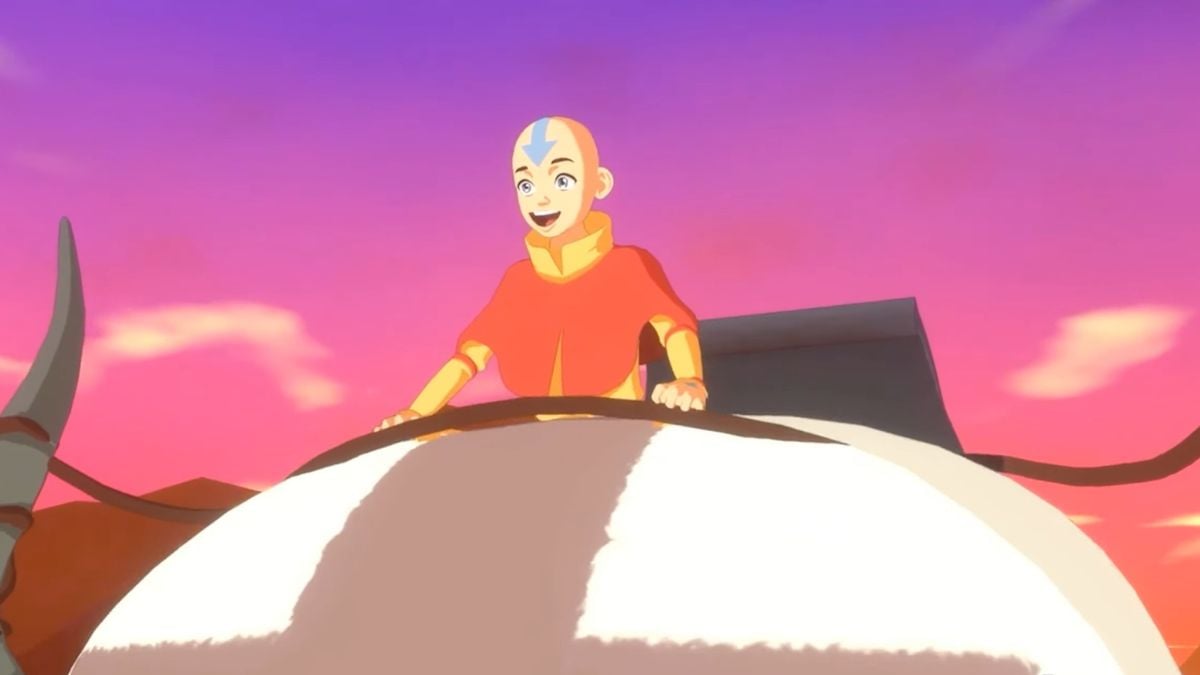
The relationship between Aang and Gyatso is one of the sweetest and most important for the young airbender, even though we only see it in flashback form during the animated series. In this reboot, however, Aang and his old friend are reunited in the spirit world, and it’s Gyatso who pushes the young avatar to head to Roku’s island to try and talk to his past life. The moment where Gyatso lies and tells Aang that they’ll see each other soon is poignant, but at least we get to see the pair reunited for a brief while.
Katara’s waterbending scroll was always in her possession
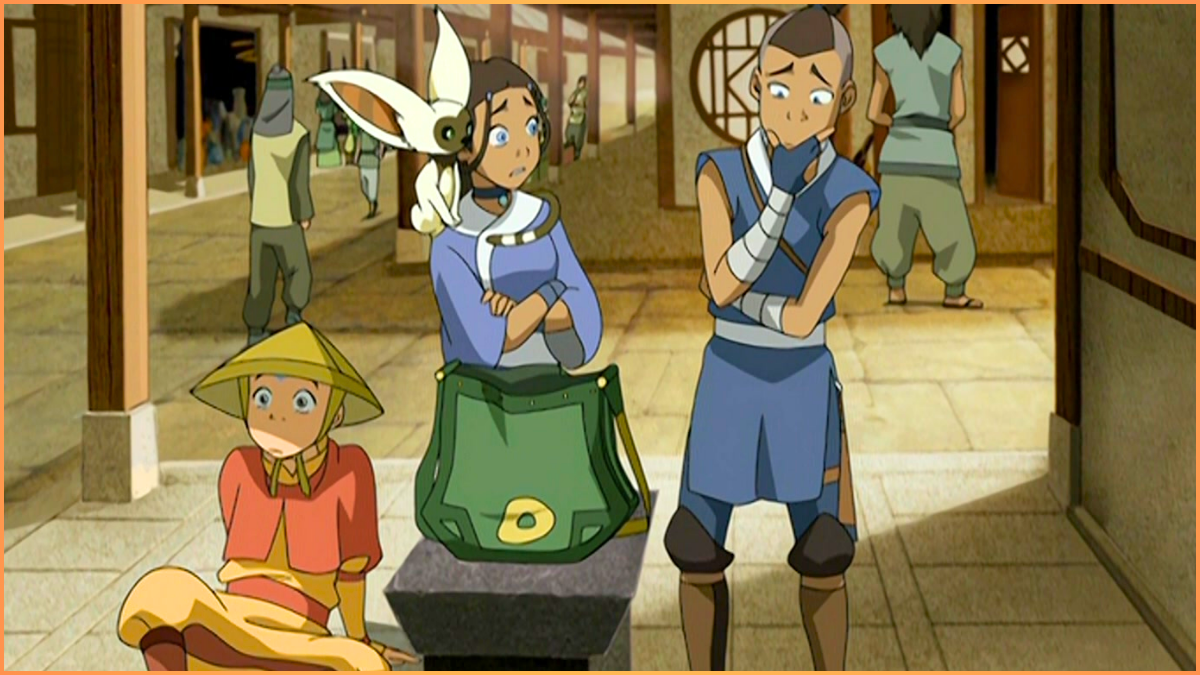
In the animated series Katara and the rest of the gang come across an old waterbending form scroll in a dodgy secondhand shop, which leads to some minor theft, a battle with pirates, and a classic Zuko meltdown. However, in the Netflix version Katara and Sokka’s grandma sneaks the scroll into their pack, alongside a note saying that she kept it safe for her granddaughter until the right time. It’s a shame to miss out on the pirates, but given the condensed timeline of the new show, you can see why it was done this way.
They don’t sweep death under the rug
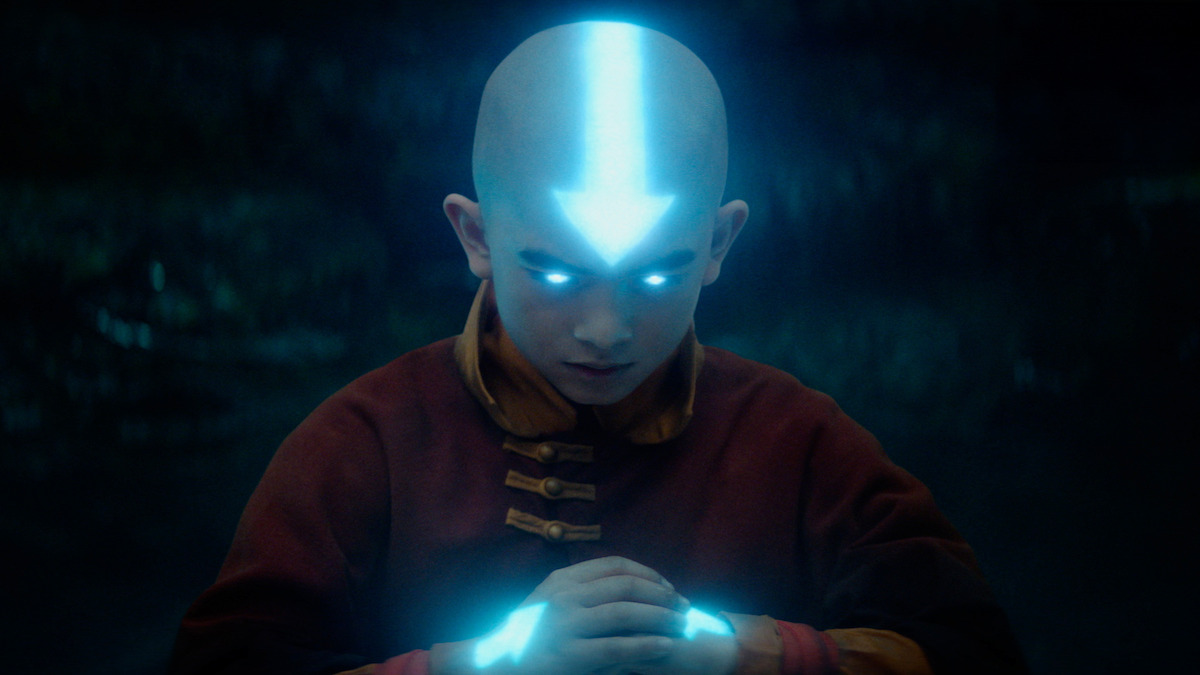
As it was originally for kids, the animated Avatar: The Last Airbender was reluctant to outright show deaths, so much so that Sokka even made a comment about it in season 3. However, in the live action series the darker atmosphere means that we see plenty of actual outcomes to all this powerful bending, especially when it comes to the Fire Nation. That means skin melting from bone in some harrowing CGI.
Aang doesn’t renounce firebending

A key storyline in the first season of the animated show is when Aang finds a fire bending master but becomes impatient with his lessons and accidentally burns Katara’s hands (which leads her to realizing she has healing powers). In the live action version there is no master, and no accidental damage caused by the avatar. That means we also miss out on seeing Zhao’s inability to control himself, but as mentioned above he gets plenty of room to breathe in the live action series, so we can let that slide.
The Aang/Katara ship is watered down…for now
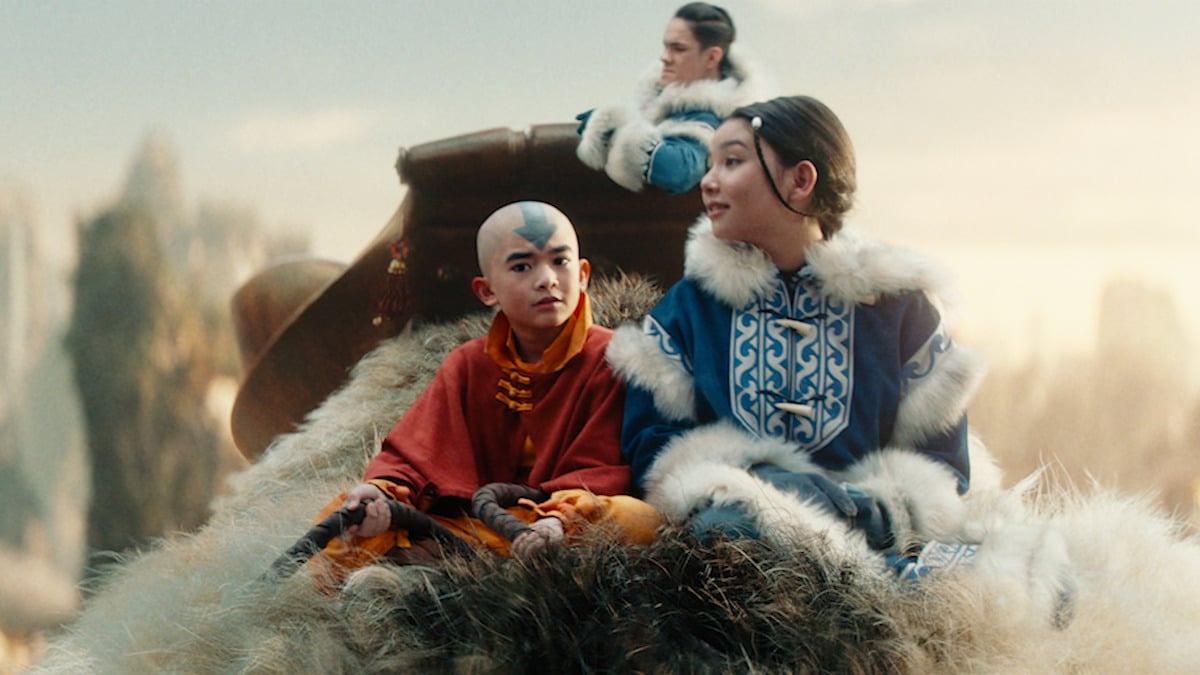
The fact that Aang has a crush on Katara is pretty explicit from the first moment he lays eyes on her in the original series, but here it seems like the writers are choosing to either develop that relationship more slowly, or take it in a different direction. One of the most glaring examples of this is the fact that Katara and Sokka go into the secret tunnel together, and the love that lights the way is a more platonic/familial, rather than the romantic attraction that Aang feels for Katara. Not quite as poignant, but at least we get to see a badgermole.

